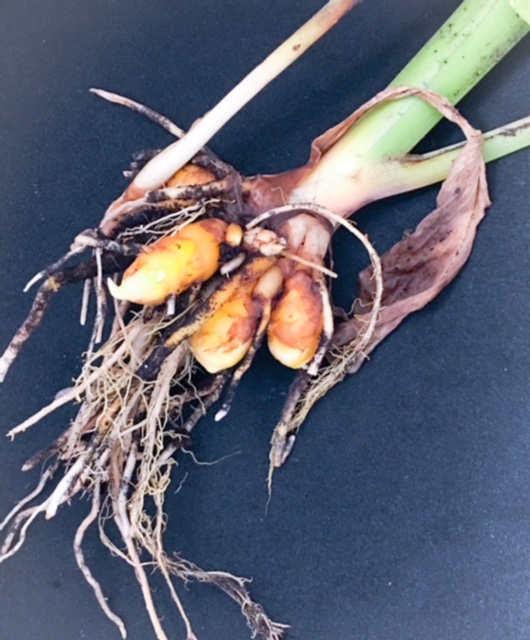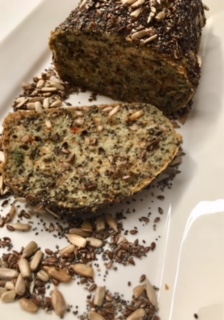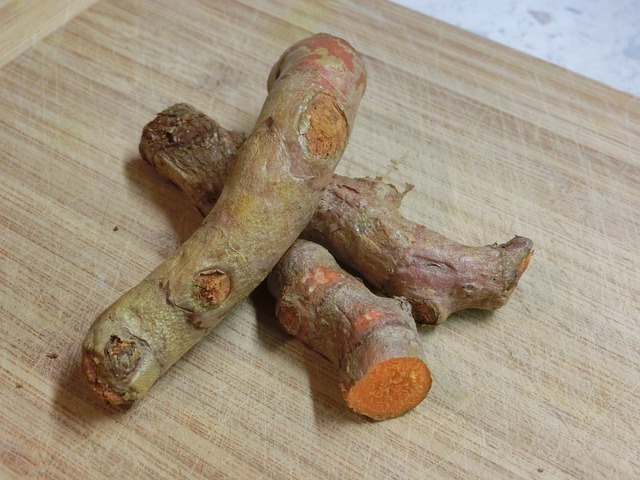Sleeping…A Cancer Fighting Powerhouse
The science of sleep is fascinating.
Sleep is, or at least should, be a part of our daily lives yet we’re just beginning to understand all of the ways it affects our health.
Lack of sleep can effect our mind and our body. People who get less sleep tend to be at higher risk for health issues like diabetes and heart disease not to mention effects like slower metabolism, weight gain, hormone imbalance and inflammation. Lack of sleep can effect our mood, our memory and decision-making skills.
And how well we sleep may also have a vital role in how well our body fights certain cancers. Studies have shown that sleeping irregularities may suppress our immune system decreasing our ability to fight cancer. As well, inadequate or irregular sleep can result in a deficiency of melatonin. Melatonin has been shown to have anti-proliferative effects in certain cancers like breast and colorectal cancers.
It is clear that getting a good night’s sleep needs to be a priority. As adults we should strive to get 7 – 9 hours of sleep per night.
Tips for better sleep
- The biggest tip is definitely to try to get yourself into a consistent sleep schedule. Make it a priority and you’re more likely to achieve it. Go to bed at the same time each evening. Get a routine going. It signals to your body that it’s sleep time.
- Balance your blood sugar throughout the day. Eat less refined and processed foods and more whole foods full of blood-sugar-balancing fiber. Make sure you’re getting some protein every time you eat.
- During the day get some sunshine and exercise. These things tell your body it’s daytime; time for being productive, active and alert. By doing this during the day it will help you wind down more easily in the evening.
- Sleep in a dark, cool room and keep your electronics out of the bedroom!
Make your bedroom a sanctuary. A place of peace and calm where you can retreat and sleep for your better health.
Additional References
http://www.thepaleomom.com/gotobed/
http://www.precisionnutrition.com/hacking-sleep
Easy and Delicious Low Carb Tahini Bread
This recipe for Low Carb Tahini Bread was posted by my colleague Marsha Fenwick . It’s easy and delicious and is full of protein and fiber.
I stayed pretty true to Marsha’s recipe except for the addition of chia seeds and of fresh grated turmeric that I had just harvested from my garden.
Learning to incorporate turmeric in to your cooking offers many health benefits. Turmeric (Curcuma Longa) is an Indian spice that has the health benefits of being anti inflammatory, anti cancer and cardio protective.
So enjoy this Tahini Bread recipe and be sure to download 5 of my most popular recipes using turmeric. These recipes are just delicious and they are a wonderful tool to start you on your way to including this incredibly healthy spice in to your diet.
Low Carb Tahini Bread Recipe
- Preheat oven to 180C (350F)
- Line a bread pan with parchment paper
Base
- 6 Tablespoons of Tahini
- 4 Eggs
- 1 Tablespoons Maple Syrup
- 1 teaspoon baking soda
- Grated turmeric (approximately 1 inch’s worth)
Seed Mixture
- 1/2 cup sunflower seeds
- 3 Tablespoons Flax seeds
- 3 Tablespoons Sesame seeds
- 1 Tablespoon Chia seeds
- 1/2 teaspoon salt
- In a medium bowl mix base ingredients until well blended
- In a separate small bowl combine Seed Mixture ingredients
- Add 3/4 of seed mixture to the base and blend well
- Pour mixture in to pan and top with remaining seed mixture
- Bake for approximately 30 minutes until bread is golden
- Remove. Cool. Serve
Learn to Use Turmeric in Your Kitchen with these 5 Delicious Recipes
Turmeric or Curcuma Longa is an Indian spice characterized by its vibrant orange colour and it could quite possibly be the most studied herb to date for its potential health benefits.
Studies have shown many health benefits of turmeric including cardio protective effects, anti inflammatory and anti cancer properties. Looking specifically within the cancer field, turmeric has also shown the exciting potential to target Cancer Stem Cells.
“CSCs (cancer stem cells) are proposed to be responsible for initiating and maintaining cancer, and contribute to recurrence and drug resistance.”[1]
Curcumin is the main active ingredient in turmeric. It is the bright yellow polyphenol extracted from the turmeric plant and sold as a supplement to achieve the plant’s health benefits. There is a draw back of curcumin and that is its poor bioavailabilty. But there are ways to increase its absorption. These include consuming curcumin with black pepper, with foods containing quercetin like citrus fruits, apples and onions and/or with a fat like coconut oil.
There is however another way to increase the bioavailability of curcumin and that is by eating the whole food itself. There is a synergy to whole foods that is often overlooked and in the case of turmeric, the natural oils in the root help to increase its bioavailability.
This leads to a bit of a problem however. Although it is becoming more main stream for westerners as a supplement, many struggle with how to implement turmeric in to their diets. For most of us turmeric is not a staple in our kitchen so we need to learn how to use it.
So to get you started on your way to incorporating this great whole food in to your diet, I have pulled together for you 5 of my most popular recipes using turmeric. These recipes are just delicious and they are a wonderful tool to start you on your way to including this incredibly healthy spice in to your diet.
Enjoy them. They are delicious!
[1] https://www.ncbi.nlm.nih.gov/pubmed/24463298








